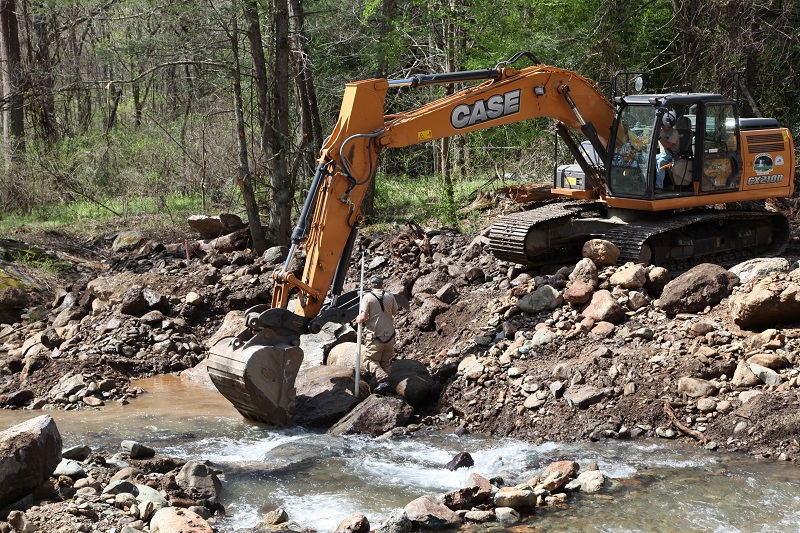Culverts, low-water crossings and linear infrastructure (i.e. pipelines, highways) can serve as disruptions to healthy stream flow.
Clean Water
Water flows through all of our land. To keep it plentiful and safe for drinking, swimming and fishing, we need clean air, expansive forests, responsible farms, wooded stream banks, and communities and individuals who make choices to avoid pollution.
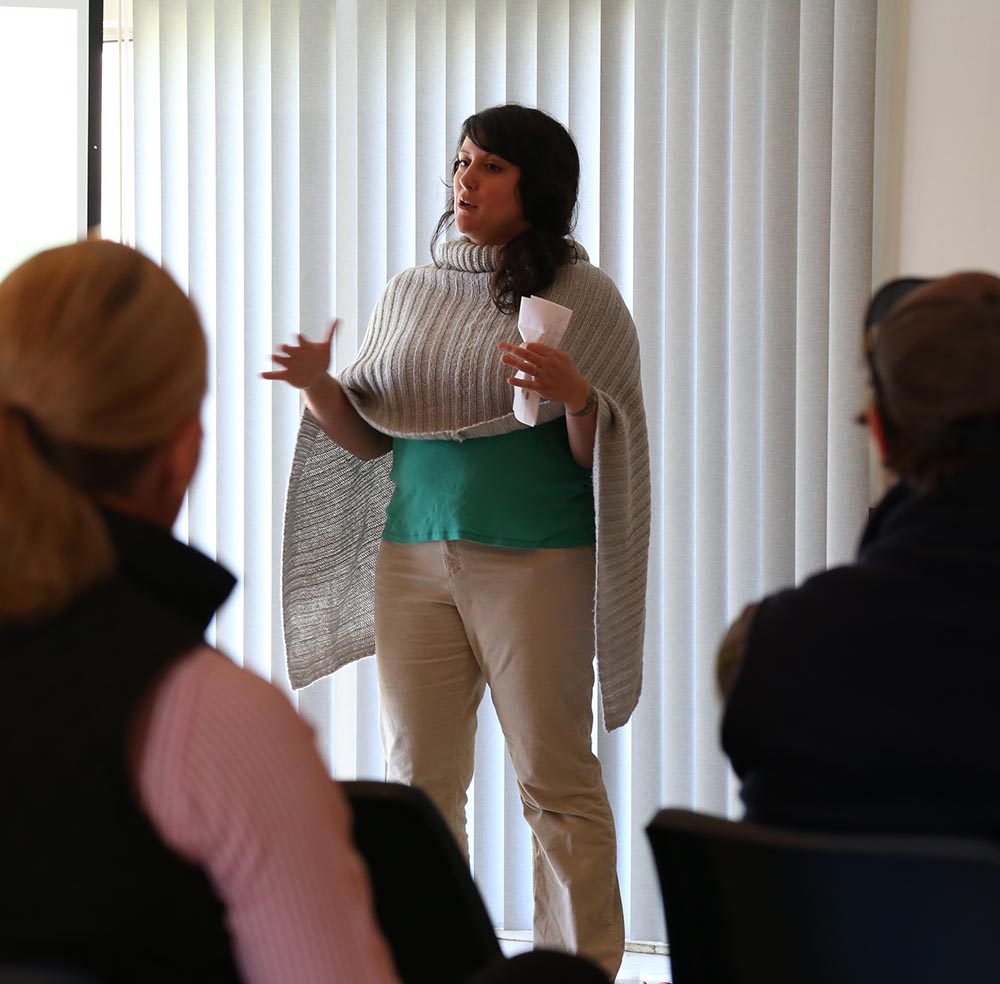
Protecting Thumb Run
What’s good for wildlife is often good for water quality,” said Celia Vuocolo, PEC’s wildlife habitat and stewardship specialist, as she spoke to guests at the fifth Annual Thumb Run Open House.
This sentiment was reinforced at the event, held on November 13 at the Orlean Fire Hall, by speakers Amy Johnson of Smithsonian Conservation Biology Institute’s Virginia Working Landscapes Program, Janet Davis of Hill House Farm and Nursery and Dr. Tania Cubitt of Performance Horse Nutrition LLC, whose presentations focused on grassland bird conservation, landscaping for wildlife and healthy horse pastures, respectively. While the presentation topics varied, the underlying theme was the same — land stewardship supports clean water.
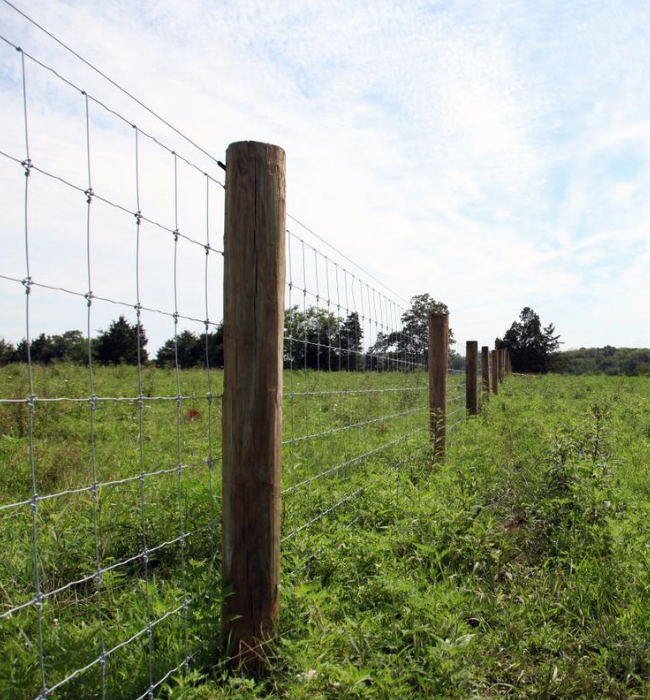
Fenced in at Roundabout Meadows
Polluted water is not only bad for us and the environment, but it’s bad for livestock as well,” says Celia Vuocolo, habitat and stewardship specialist at PEC.
A significant stewardship project is wrapping up this fall at Roundabout Meadows, the 141- acre property near Gilbert’s Corner that was gifted to PEC in 2013. The project is focused on implementing agricultural Best Management Practices (BMPs) that will keep livestock away from the property’s streams and provide a clean source of water for cattle. As part of the effort, over 2 miles of fencing and almost a mile of pipeline plumbing for a watering system have been installed.
“Our long-term plan for Roundabout Meadows is to retain its agricultural use, and we want to do so in a manner that is in harmony with being good stewards of the land and water resources, while farming continues on the property,” says Michael Kane, director of conservation at PEC.
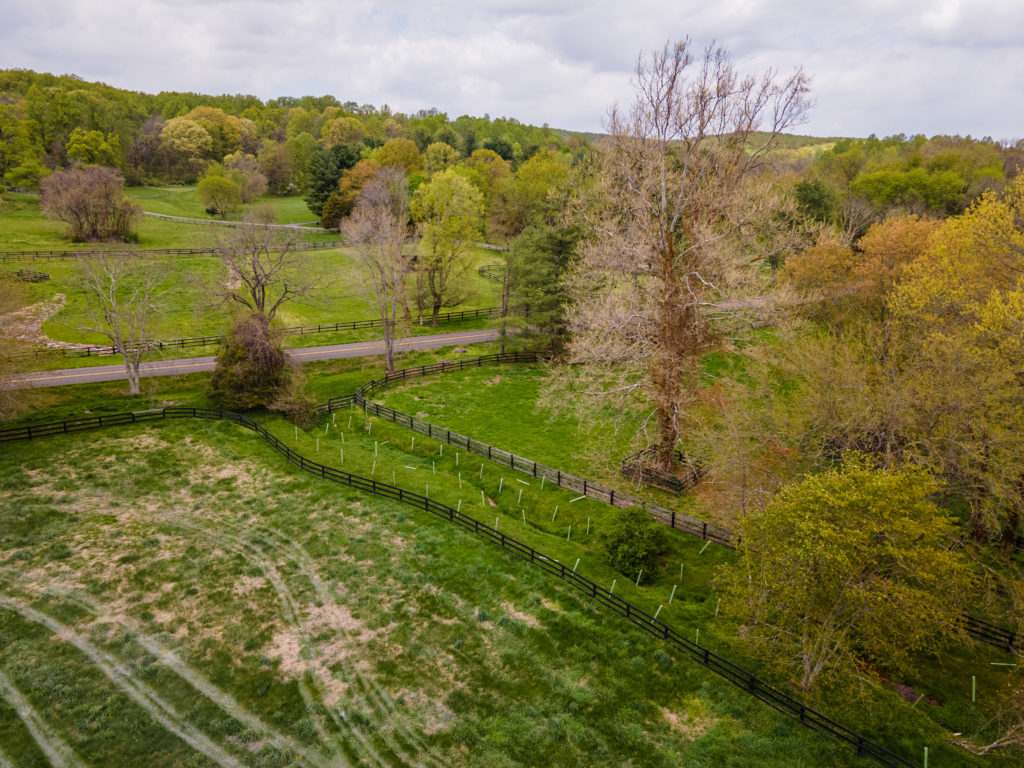
Other Cost-Share Programs
Learn more about the Conservation Reserve Enhancement Program (CREP) and Soil & Water Conservation District Ag BMP cost-share programs.
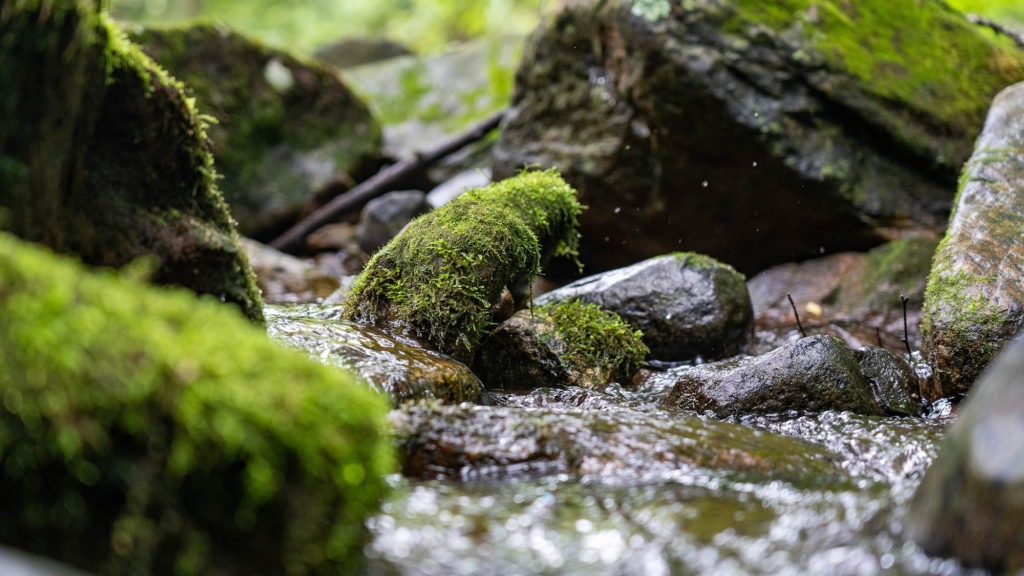
Trout Streams
Planting riparian buffers along native trout streams is a priority for the Piedmont Environmental Council (PEC) and Friends of the Rappahannock (FOR). Many of the headwater streams of the Upper Rappahannock watershed support Eastern brook trout, the only trout species native to Virginia.
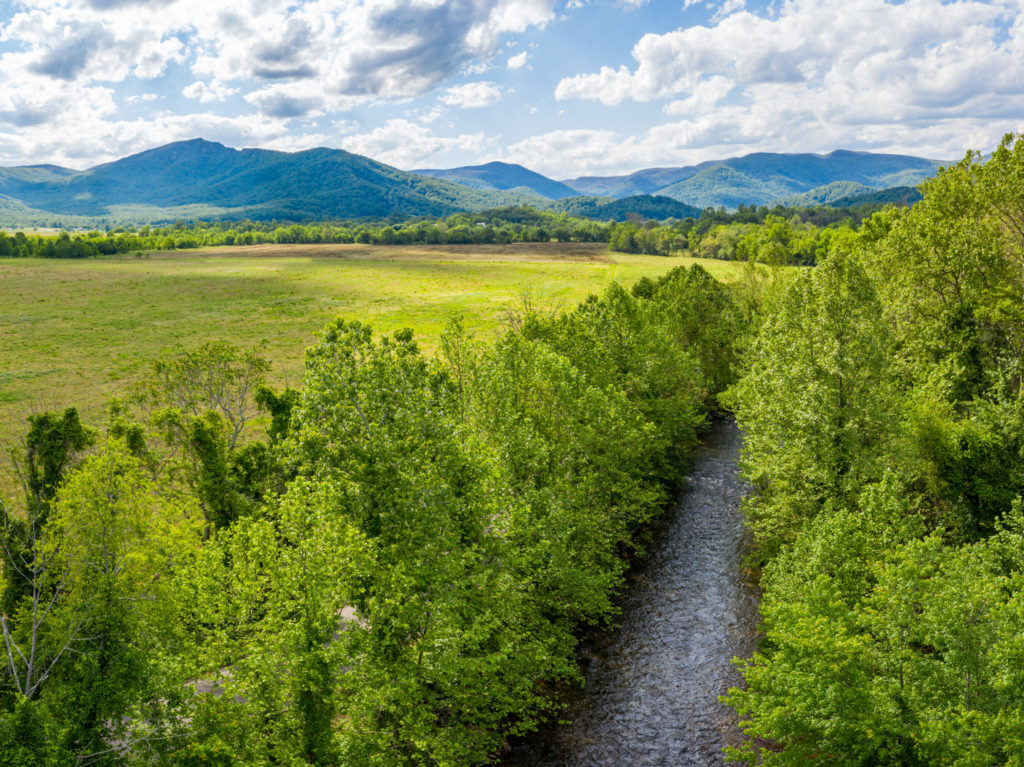
Why Riparian Buffers?
Riparian buffers are the vegetated areas along rivers, streams, creeks, and other waterways. They provide a number of important benefits for stream health, people and wildlife.
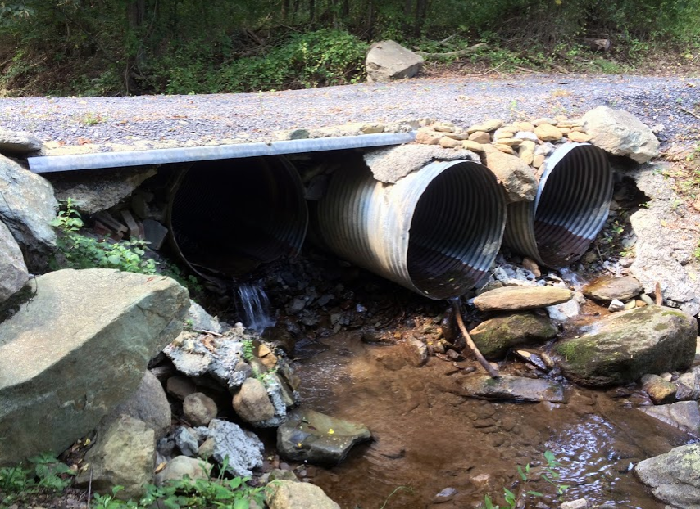
Good News for the Brook Trout
We’re continuing our efforts to increase the habitat available to the eastern brook trout and other fish species with two pilot culvert removal projects…
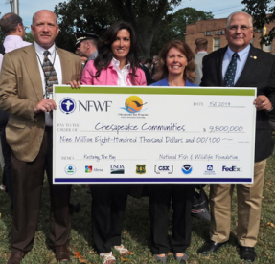
National Fish and Wildlife Foundation Grant
The National Fish and Wildlife Foundation awarded PEC a $200,000 grant from the Chesapeake Bay Stewardship Fund this past October. With this grant, PEC will collaborate with Loudoun County, the Town of Lovettsville, Loudoun County Master Gardeners and Loudoun homeowners associations to implement projects that involve planting native trees and shrubs, improving stormwater facilities and reducing polluted runoff in Loudoun County communities.
Teaming Up to Save the “Brookie”
Virginia’s state fish, the eastern brook trout, is in trouble. The Commonwealth’s only native trout has seen a sharp decline in population due to a detrimental combination of rising temperatures, physical barriers to streamflow, pollution, and habitat loss. Many expect the species to be added to VA’s Wildlife Action Plan list in the near future.
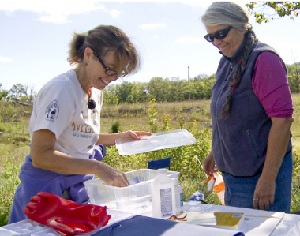
Helping Hands for Spout Run
CLARKE– Clarke County’s Spout Run watershed has the potential to provide clean water and support a large variety of wildlife species. Yet, the stream is on the State Impaired Waters List due to nutrient and sediment levels from fertilizers, livestock and other human-related activities. This is bad news not only for the wildlife and people living around the watershed, but also for communities downstream—including the Chesapeake Bay.

